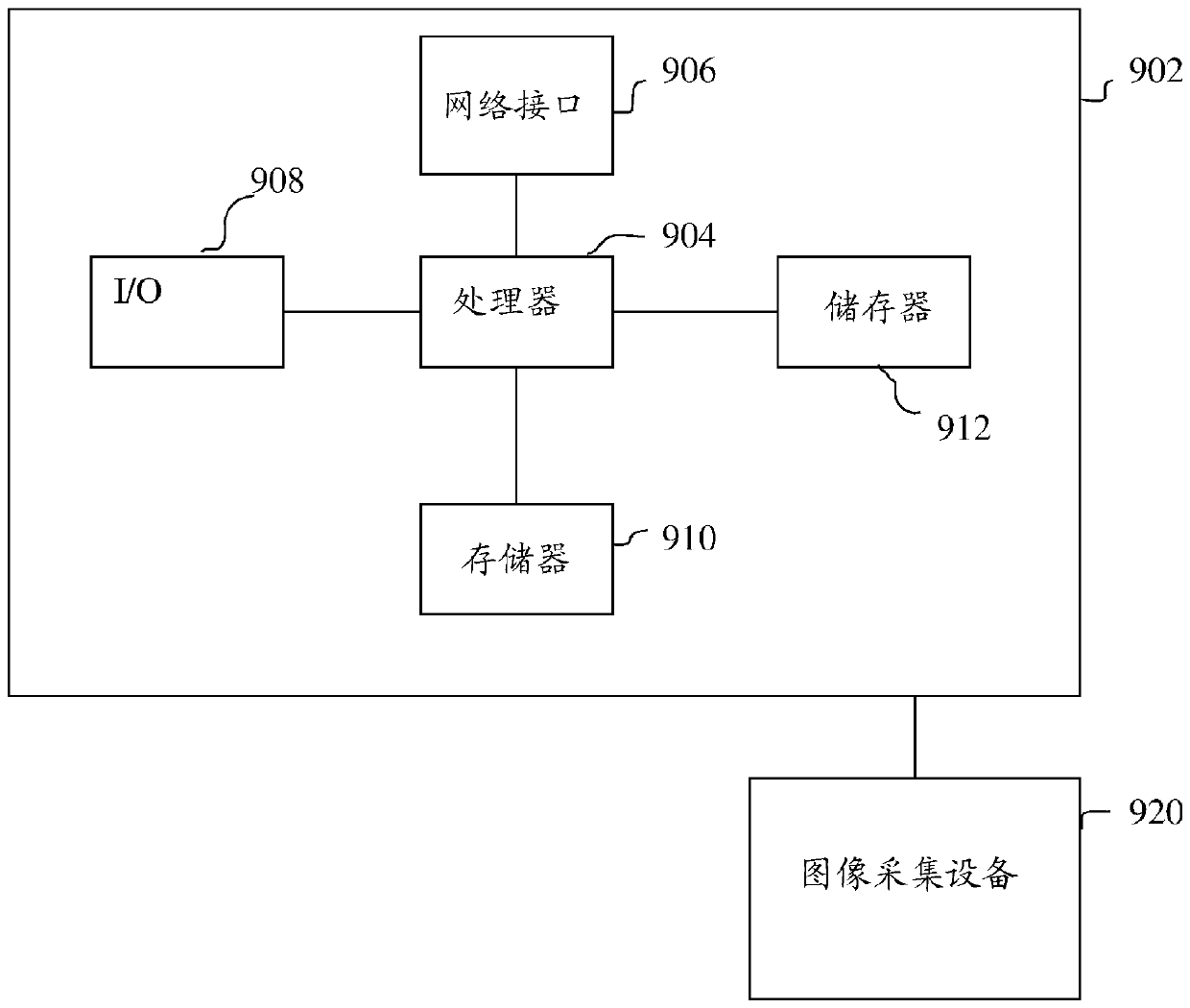Method and system for purely geometric machine learning based fractional flow reserve
A technology of machine learning and geometric features, applied in the direction of instruments, applications, instruments, etc. for radiological diagnosis, can solve problems such as high computational cost and complexity
- Summary
- Abstract
- Description
- Claims
- Application Information
AI Technical Summary
Problems solved by technology
Method used
Image
Examples
Embodiment Construction
[0019] The present invention relates to methods and systems for machine learning based evaluation of hemodynamic indicators for coronary artery stenosis, such as Fractional Flow Reserve (FFR). Embodiments of the invention are described herein to give an intuitive understanding of the method for assessing coronary artery stenosis. Digital images typically include digital representations of one or more objects (or shapes). Digital representations of objects are generally described herein in terms of identifying and manipulating objects. Such manipulations are virtual manipulations done in the computer system's memory or other circuitry / hardware. Accordingly, it is to be understood that embodiments of the invention can be implemented within a computer system using data stored within the computer system.
[0020] Embodiments of the present invention utilize a data-driven, statistical approach to compute one or more hemodynamic indices based purely on geometric features extracted...
PUM
 Login to View More
Login to View More Abstract
Description
Claims
Application Information
 Login to View More
Login to View More - R&D
- Intellectual Property
- Life Sciences
- Materials
- Tech Scout
- Unparalleled Data Quality
- Higher Quality Content
- 60% Fewer Hallucinations
Browse by: Latest US Patents, China's latest patents, Technical Efficacy Thesaurus, Application Domain, Technology Topic, Popular Technical Reports.
© 2025 PatSnap. All rights reserved.Legal|Privacy policy|Modern Slavery Act Transparency Statement|Sitemap|About US| Contact US: help@patsnap.com



